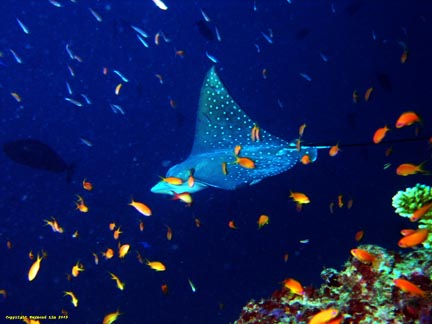
The Classics
When you start diving and listen to the more experienced divers talk, certain marine creatures crop up pretty often and at first all these names sound like a foreign language. For example, you don't call Nemo "Nemo", you say "clownfish". It took a while before things like clownfish, rays, sweetlips, and wrasses rolled off my own tongue, but Maldives is perfect for the beginner because it's like a full-colour textbook on "All You Need to Know to Understand Diver-Speak".
Maaya Thila's resident Eagle Ray, recognised by its clipped left wing.

We also saw this HUGE marbled stingray (1.5m long, excluding its tail)
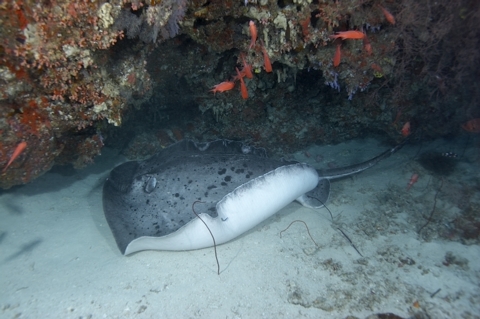
You'll see different types of clownfish, who are often territorial, which explains the sour kana look on this Clark's Anemonefish. This grumpy chap had no idea that he became a DWS logo.
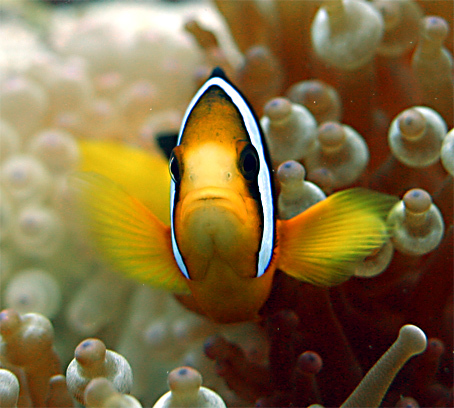
More clownfish here
It was also in Maldives where I saw first-hand the differences between juveniles and adults, such as the Juvenile Emperor Angelfish (on the left) and the Adult Emperor Angelfish (on the right).
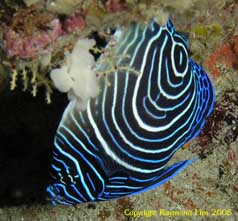
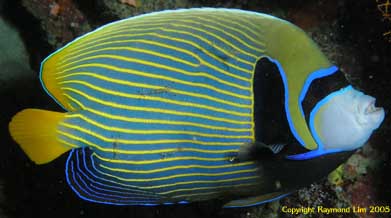
The Napoleon Wrasse in Maldives are HUGE. They have been 'trained' to approach divers hoping for food - we were advised to keep our hands close to our chest otherwise these big guys would go straight to our fingers.

There are many types of Sweetlips in the Maldives, recognisable for their kissable lips. On the left are Oriental Sweetlips, and on the right, the Harlequin Sweetlips - my first of many encounters with marine creatures whose appearances clash with their very flowery names.